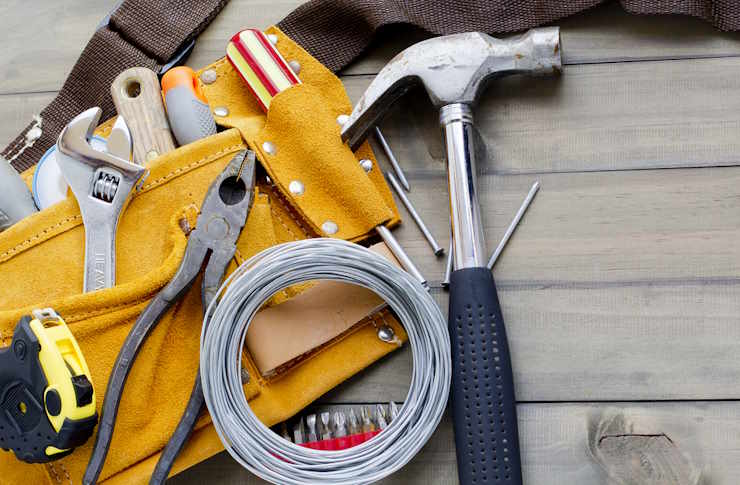Understanding Weight Capacity and Fasteners for Secure Mounting
Reliable mounting depends on matching shelf type, fastener choice, and the wall material. This article explains how weight capacity, brackets, and proper installation combine to keep displays secure, whether you are fitting floating ledges or mounted storage in an apartment or larger space.

Proper mounting begins with clear expectations about how much load a shelf will carry and how that load transfers into the wall. Weight capacity ratings are a guide, but the real holding power depends on fasteners, bracket design, and the materials involved. This opening section outlines the relationship between the shelf surface, the items you plan to display, and the structural elements that accept fasteners. Planning at this stage—measuring, categorizing items by weight, and considering spacesaving or decorative objectives—reduces the risk of overloading mounted ledges or floating displays and improves long-term stability.
Weight capacity and storage considerations
When assessing weight capacity, treat published limits as conditional: they typically assume proper installation into a certain substrate and use of recommended hardware. Consider both static load (books or decor that sit in one place) and dynamic load (items frequently handled). Distribute weight across multiple brackets or supports rather than concentrating it at one point. For heavy storage like a row of books or electronics, choose units rated well above the expected load. Keep in mind that materials used for the shelf and the objects’ centers of gravity affect how forces translate into shear and pullout on the fasteners.
Fastener types for mounted and floating ledges
Fasteners vary by wall type: in solid masonry you’ll use anchors designed for dense material, while drywall often requires toggle bolts or anchors rated for the expected load. For floating shelves, hidden brackets typically transfer forces to a small area of drywall; when possible attach these brackets to studs. Choose fasteners with appropriate shear and pullout ratings and follow manufacturer torque and depth recommendations during installation. Corrosion-resistant finishes are sensible in humid environments to maintain long-term holding power.
Brackets, materials, and woodwork impact
Bracket design matters: heavy-duty metal brackets, wall cleats, and inset rails offer differing load distribution patterns. The shelf material—solid wood, engineered wood, metal, or glass—affects how load is carried to the bracket. For woodwork that bears heavy loads, ensure the board’s thickness and lamination method resist bending. When using decorative brackets for display or decor, confirm that visible aesthetics don’t compromise performance. Properly sized screws and washers, inserted into the strongest part of the bracket, improve the connection between bracket and shelf.
Installation tips for apartment and spacesaving projects
In apartments or rented spaces, where access to studs or masonry may be limited, plan for minimally invasive solutions that still offer security. Use stud finders to locate framing; if studs are unavailable where you need them, choose high-quality drywall anchors or consider fastening a ledger board across multiple studs to spread load. Measure and mark all attachment points carefully and level ledges before tightening. For spacesaving configurations, stagger shelving supports to avoid concentrated loads and allow even distribution across available anchors.
DIY safety and organization for display and decor
DIY installations benefit from organizing tools and materials ahead of time: the correct drill bits, anchors sized for both wall material and expected load, and a level and tape measure. When installing floating or mounted shelves for decor or display, assemble and test the shelf on the ground to confirm fit. Lift and position with help for wider or heavier pieces to avoid awkward load angles that can stress fasteners. Keep storage and display plans realistic—lighter decorative objects reduce risk and increase flexibility for rearrangement.
Troubleshooting and maintenance for long-term support
Over time, shelves can loosen from repeated loading cycles. Regularly inspect fasteners, brackets, and the shelf surface for signs of stress such as hairline cracks, sagging, or wobble. Tighten screws as needed, and replace any corroded anchors. If a shelf shows deformation, reassess weight distribution and consider adding an extra support or moving heavy items to a lower unit. Proper maintenance prolongs performance and preserves the integrity of both the mounted surface and the supporting wall.
Conclusion Understanding how weight capacity, fastener selection, bracket type, and material choices interact leads to safer, more reliable shelving. Thoughtful planning—matching expected loads to rated hardware, distributing weight, and performing periodic checks—helps ensure mounted and floating ledges remain secure while supporting organization, decor, and display goals across a range of living spaces.




